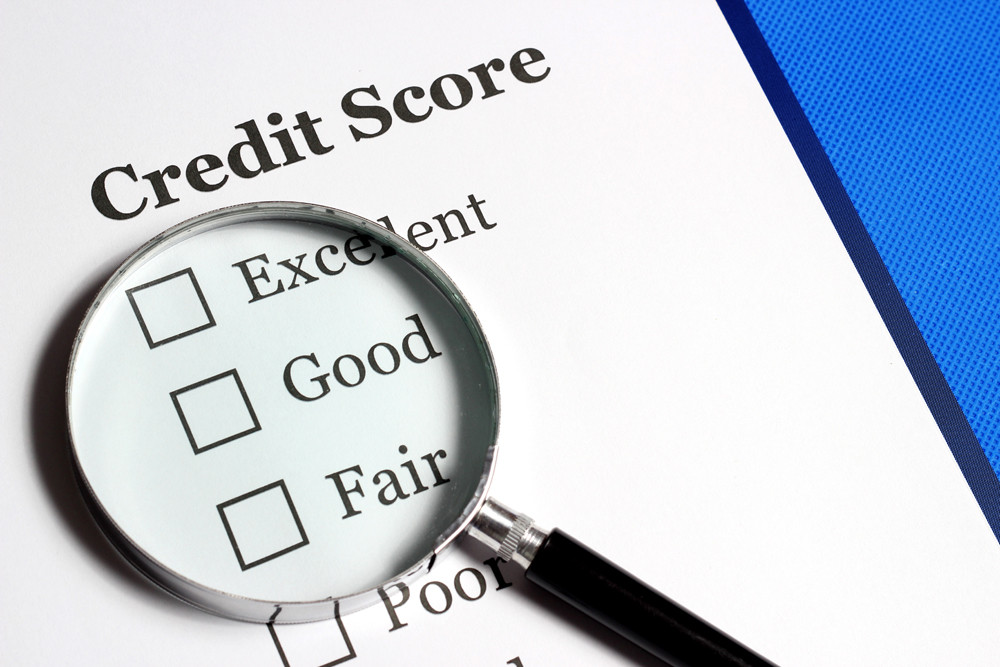Your credit score is important. Everyone knows it’s how you qualify for car loans and home mortgages. And everyone knows that the way you build credit is through having a credit card as it’s right there in the name. But maybe you don’t have a credit card because the national student loan average is about $38 000 and you saw what happened in 2008 and don’t want to repeat it, or you just know that a credit card wouldn’t work for you. So how do you build credit so you can buy a car and a house if you don’t have a credit card? Here are 3 easy ways.
1. Pay back the debt you do have
If you have student loans, and since 44 million Americans have student loan debt you very well might, pay them back. Make your payments on time and in full. Making loan payments correctly will build your credit score but be sure to pay on time. Late payments or partial payments will lower your credit score.
2. Pay your rent
This might seem like it won’t do any good, but paying your rent is important for at least two reasons. First, so that you can continue to live in your place of residence. Secondly, because you can tell the credit bureaus about your timely rent payments and they will include it in your credit score. It’s important that you tell them because chances are, your landlord won’t (unless you have a really nice, responsible and caring landlord who also happens to know a lot about credit). Find a third-party site such as this site [https://rentalkharma.com/?adw=HowToReportRentalPayments3&gclid=CjwKCAjw7anqBRALEiwAgvGgm_eWuxXT3z5mq-P57e1TXV2Xz-XOPHvCAqCd0WnBg_MYtEADZxsN8RoCXGgQAvD_BwE] to report your rent.
3. Become an authorized user
An authorized user is like having a credit card on loan that you’re not responsible for. Find someone who trusts you for this, because the authorized user gets all the benefits and the cardholder takes all the risk. Authorized users don’t get the rewards points, but they do get all of the purchasing power of that card. More importantly, the card history appears on the authorized user’s credit report, (hopefully) raising it over time.

